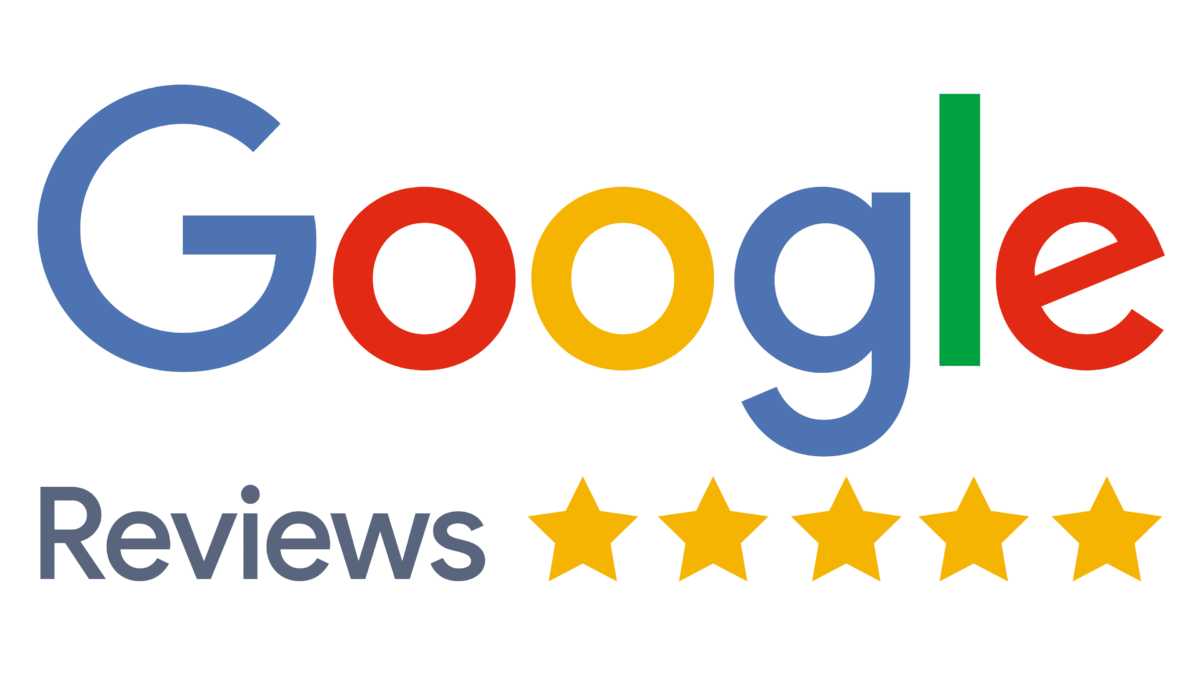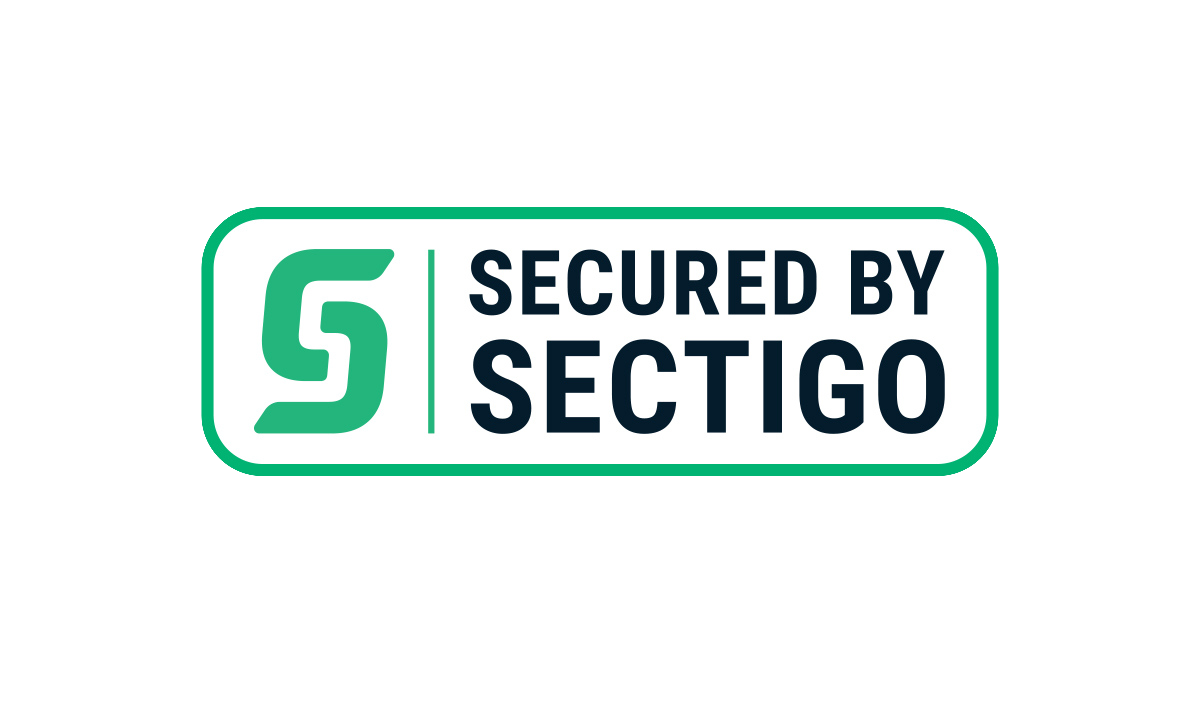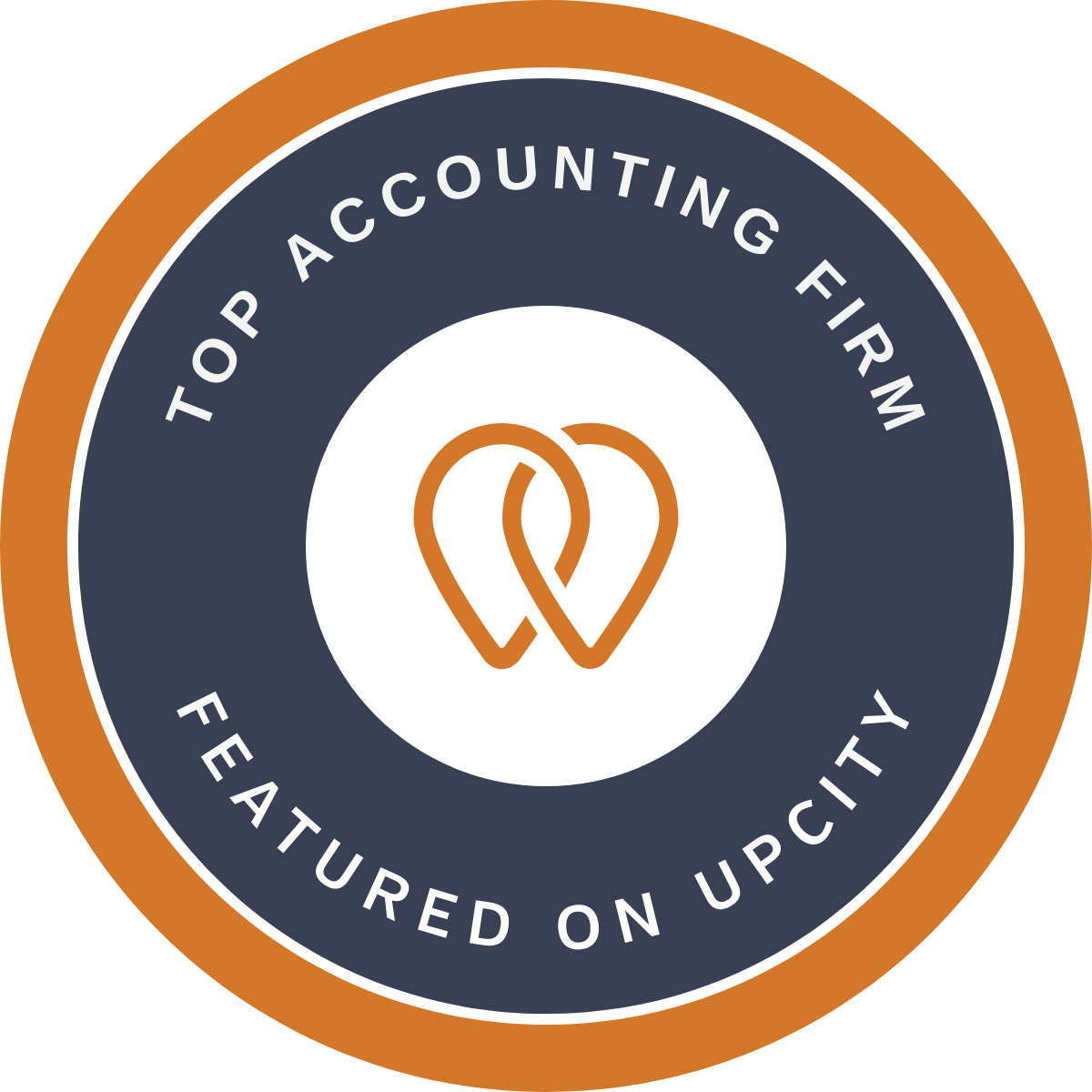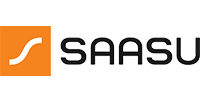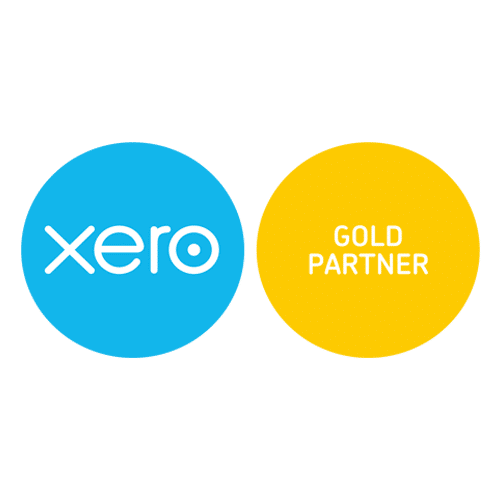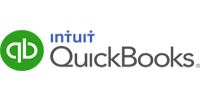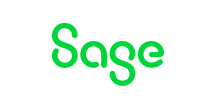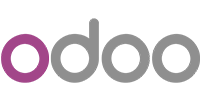5 Different Types of Cost Accounting You Need to Know
Cost accounting is a technique that attempts to document all costs incurred throughout the accounting period to aid management in making knowledgeable decisions. All costs must be categorized, gathered, and documented before being summarized and analyzed to determine the best selling price and spot potential cost-saving opportunities.
Here are 5 types of cost accounting that will help you understand cost accounting more easily.
01. Standard cost accounting
One of the first types of cost accounting is standard accounting. The gap between the actual cost of creating items and the cost that should have occurred to manufacture those goods is identified and analyzed using this sort of cost accounting. The costs incurred to transport the items are the standard cost.
02. Considering marginal costs
In this method of cost accounting types, only variable costs are allocated to the product, whereas period costs include fixed costs as well. It implies that fixed costs, such as rent and electricity, are not allocated to any specific product but rather are included directly in the revenue statement.
The cost includes direct labor costs, direct material costs, and additional charges. These expenses vary in direct proportion to these costs, which change in direct proportion to output. On the other hand, fixed costs are those that do not change according to the output volume. This method gives the difference between total revenue and total variable costs.
03. Lean Accounting
By receiving numerical feedback, manufacturers can use lean accounting to implement lean inventory and lean production management techniques. With conventional accounting systems, inventory still counts as an asset even when it isn’t being used.
Lean accounting, on the other hand, considers the quantity of inventory that is required and gauges productivity by the time it takes to process an order.
Money is viewed as an economic factor of production in this cost accounting type as opposed to financial accounting, which uses money as a measure of economic performance.
04. History of costs
A method of accounting known as “historical costing” establishes an asset’s value based on the price it originally cost the company when it bought or acquired it. In their balance sheets, many businesses reflect the cost of long-term assets using historical costing.
Even if an item has seen a large increase in value since it was acquired, it is still reported. However, when employing the historical costing approach, asset depreciation is taken into account, and on a balance sheet, the total accumulated depreciation is deducted from the historical cost.
05. Using activity-based cost accounting
Several organizational activities are recognized in activity-based cost accounting to assign expenses to them. The costs are then distributed among various items and services based on the actual consumption of each. The price of goods and services is determined by:
- Tasks that go into making them
- Number of resources used in these operations
Get the top accounting services from Meru Accounting if you’re having trouble getting your cost accounting right, and they’ll assist you in getting your accounts in order.



